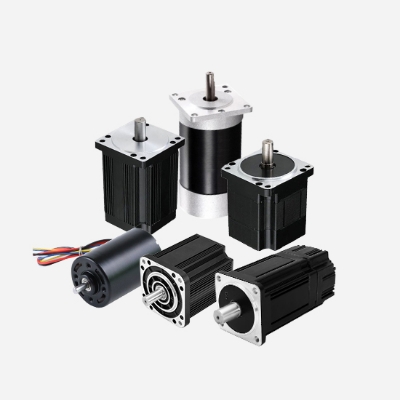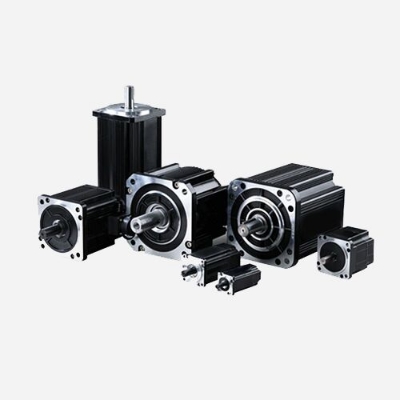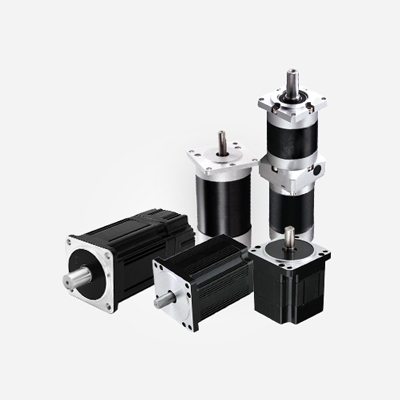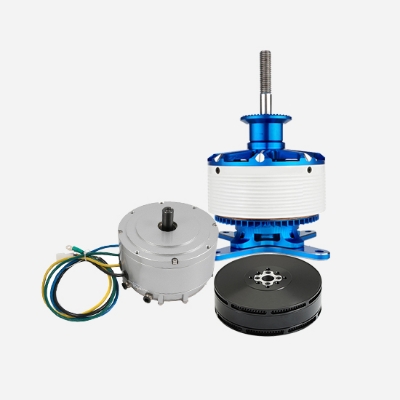A brushless motor is mainly used to generate driving torque as a power source for appliances or various machinery, and its main function is to use mechanical energy to convert it into electrical energy. Under the action of torque of mechanical equipment installed with a brushless motor, the object will change in position or angle, etc. Therefore, it can be calculated according to the formula of the definition of Aki torque. That is, torque (T) = power (P) * 9.55 / number of revolutions (N), or mutual conversion factor can also look like this: T * number of revolutions / 9.55 = power
The brushless DC motor is developed on the basis of the brushed DC motor. It has step-less speed regulation, a wide speed regulation range, strong overload capacity, good linearity, long life, small size, lightweight and large output. Brushless motors are widely used in industrial equipment, instrumentation, household appliances, robots, medical equipment, etc. Since the brushless motor does not have brushes for automatic commutation, it needs to use an electronic commutator for commutation, which can be achieved by purchasing a matching brushless DC motor controller.
The brushless DC motor is a high-performance motor. It uses a permanent magnet rotor without excitation loss. The heated armature winding is mounted on the outer stator, which is easy to dissipate heat. A Stepper motor is an open-loop control element stepper motor that converts electrical pulse signals into angular displacement or linear displacement. In the case of non-overload, the speed and stop position of the motor only depend on the frequency and number of pulses of the pulse signal, and are not affected by load changes.
A brushless DC motor consists of a motor body and a driver and is a typical mechatronic product. Because the BLDC motor works in a self-controlled manner, it does not add a starting winding to the rotor like a synchronous motor with a heavy load under variable frequency speed regulation, nor does it vibrate and lose steps when the load changes suddenly.
In general, both sensor and sensorless brushless motors have advantages and disadvantages. When both are up and running, it can be difficult for even an experienced driver to notice the difference. Depending on your preference, you will have to choose the right one for your RC car between these two types of motors. However, using a sensorless motor for crawling may not be ideal because it requires a lot of speed control. In terms of compatibility, it is also important to note that you can use a sensor motor on a sensorless ESC, but not a sensorless motor on a sensor ESC.
A sensored brushless motor is one of those brushless motors with position sensors. These position sensors feed position information back to the controller, which can then be used to ensure that the drive pattern transmitted to the controller is perfectly synchronized with the rotor position. Different sensor motors may set up the sensors in different ways, so it is important to always be aware of this when setting up the controller. Still, typically these sensors are arranged at 60 or 120-degree intervals.
A brushless motor is also called DC variable frequency motor (BLDC) in some fields. It adopts an electronic commutation (Hall sensor), and the coil (armature) does not move the magnetic pole. At this time, the permanent magnet can be outside the coil or inside the coil, so there is a distinction between an outrunner DC brushless motor and an inrunner brushless DC motor.
Before connecting the DC brushless motor to the gearbox, the keyway of the motor shaft should be perpendicular to the fastening bolt. To ensure even force, turn any diagonal mounting bolts first, but do not tighten them, then turn the other two diagonal mounting bolts and tighten the four mounting bolts one by one. Tighten the tensioning bolts. All mounting bolts need to be secured according to the mounting torque data shown and checked with a torque wrench
Nowadays, many automation equipment manufacturers have begun to pay attention to DC brushless motors and use them to replace previous low-efficiency, noisy, and high-power motors, such as AC induction motors, stepper motors, etc. Everyone wants to know whether the brushless DC motor and the brushed DC motor can rotate when they are energized. the answer is negative. Because the brushless DC motor must be equipped with a corresponding controller (driver) to rotate, which is determined by the structure and principle of the brushless DC motor.
A Hall current sensor is essentially a sensor based on the principle of Hall current. When a conductor or semiconductor with current flowing in one direction is introduced perpendicular to the magnetic field, the current that obtains a measurable voltage is called Hall current. Simply put, when a magnetic field is applied in a direction perpendicular to the flow of current, a voltage is created across an electrical conductor. A Hall current sensor is a solid-state device that applies this principle to determine the position, velocity, and various other properties needed to effectively operate a brushless DC motor.




